Good morning! Let’s play Connections, the NYT’s clever word game that challenges you to group answers in various categories. It can be tough, so read on if you need clues.
What should you do once you’ve finished? Why, play some more word games of course. I’ve also got daily Wordle hints and answers, Strands hints and answers and Quordle hints and answers articles if you need help for those too.
SPOILER WARNING: Information about NYT Connections today is below, so don’t read on if you don’t want to know the answers.

NYT Connections today (game #502) – today’s words

Today’s NYT Connections words are…
- FORMAL
- COOKWARE
- QUESTION MARK
- RAVE
- PERIOD
- THUMBS UP
- BALL
- DOT
- BAD REVIEW
- HOP
- EXCLAMATION
- POINTS
- SATYR
- POINT
- CAMERA MOVEMENT
- HEART
- TITTLE
NYT Connections today (game #502) – hint #1 – group hints
What are some clues for today’s NYT Connections groups?
- Yellow: Sentence ender
- Green: Thing to bust a move at
- Blue: iReply
- Purple: Look for gold in a river
Need more clues?
We’re firmly in spoiler territory now, but read on if you want to know what the four theme answers are for today’s NYT Connections puzzles…
NYT Connections today (game #502) – hint #2 – group answers
What are the answers for today’s NYT Connections groups?
- YELLOW: •
- GREEN: EVENT WITH DANCING
- BLUE: IPHONE MESSAGE TAPBACK RESPONSES
- PURPLE: “PAN”
Right, the answers are below, so DO NOT SCROLL ANY FURTHER IF YOU DON’T WANT TO SEE THEM.
NYT Connections today (game #502) – the answers
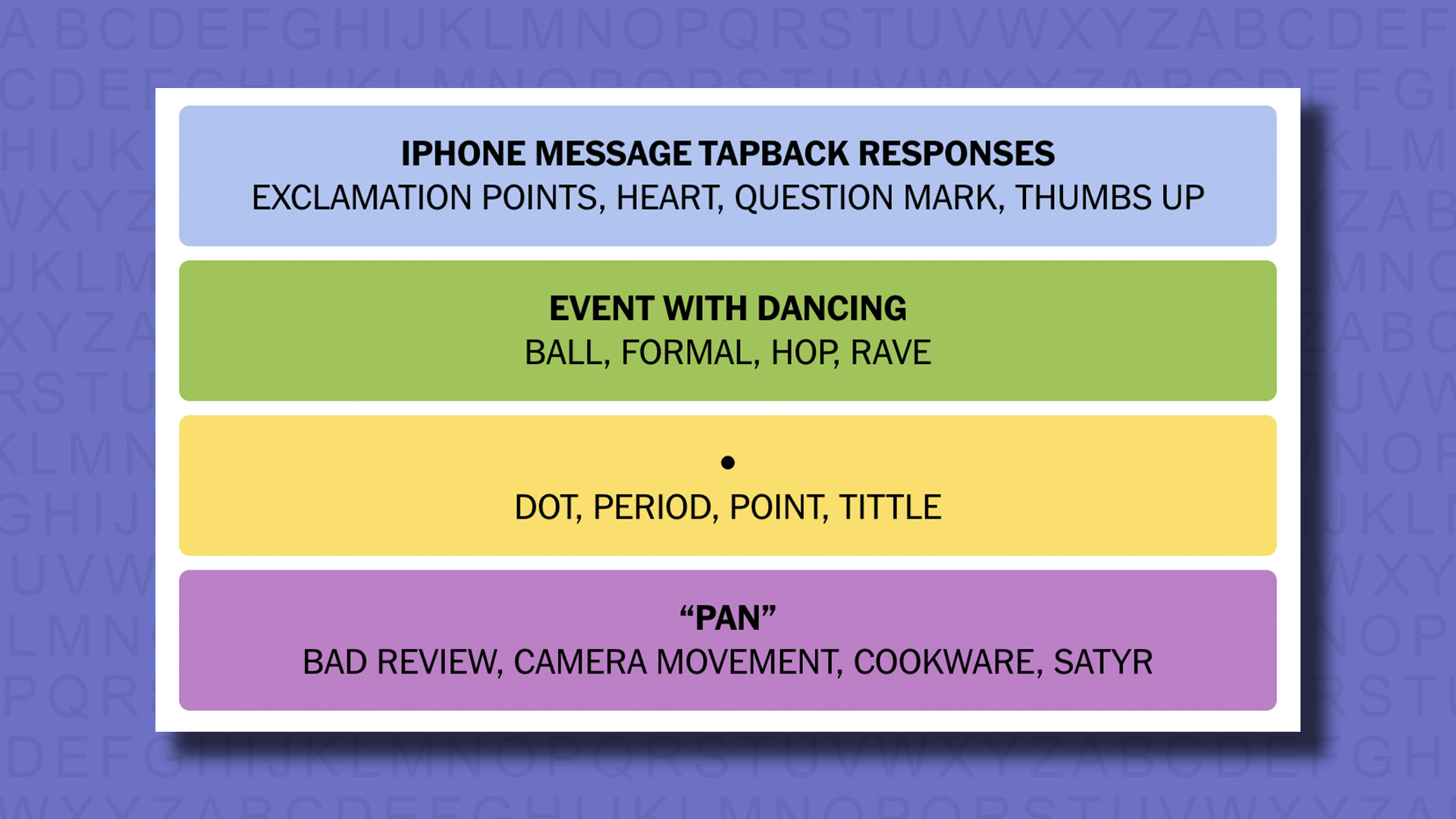
The answers to today’s Connections, game #502, are…
- YELLOW: • DOT, PERIOD, POINT, TITTLE
- GREEN: EVENT WITH DANCING BALL, FORMAL, HOP, RAVE
- BLUE: IPHONE MESSAGE TAPBACK RESPONSES EXCLAMATION POINTS, HEART, QUESTION MARK, THUMBS UP
- PURPLE: “PAN” BAD REVIEW, CAMERA MOVEMENT, COOKWARE, SATYR
- My rating: Moderate
- My score: 1 mistake
Today I learned that the word TITTLE means a very small part or indeed a PERIOD, POINT or DOT, as it’s used in today’s Connections. And there I was thinking that it was a misspelling – possibly deliberate – of TITLE. That ignorance on my part cost me a guess, because I thought maybe BALL would be part of that group instead; don’t laugh, it is the same shape at least!
That was supposedly the easiest of today’s four groups, but none of them could really be described as that. Green – EVENT WITH DANCING – was not too bad, but FORMAL and HOP are not terms I’ve heard used often in the UK, where I am, or at least not in the past half century – so I had to rely on my knowledge of US TV and movies for that.
Fortunately, IPHONE MESSAGE TAPBACK RESPONSES was a little simpler for a tech journalist such as myself, but won’t necessarily have been so if you’re on Android instead. Purple, as always, was just difficult.
How did you do today? Send me an email and let me know.
Yesterday’s NYT Connections answers (Thursday, 24 October, game #501)
- YELLOW: LINEUP BILL, PROGRAM, SCHEDULE, SLATE
- GREEN: NYT OFFERINGS AUDIO, COOKING, GAMES, NEWS
- BLUE: THINGS MADE BY FOLDING PAPER AIRPLANE, CRANE, FAN, FORTUNE TELLER
- PURPLE: FRENCH WORDS ADIEU, BELLE, PAIN, TEMPS
What is NYT Connections?
NYT Connections is one of several increasingly popular word games made by the New York Times. It challenges you to find groups of four items that share something in common, and each group has a different difficulty level: green is easy, yellow a little harder, blue often quite tough and purple usually very difficult.
On the plus side, you don’t technically need to solve the final one, as you’ll be able to answer that one by a process of elimination. What’s more, you can make up to four mistakes, which gives you a little bit of breathing room.
It’s a little more involved than something like Wordle, however, and there are plenty of opportunities for the game to trip you up with tricks. For instance, watch out for homophones and other word games that could disguise the answers.
It’s playable for free via the NYT Games site on desktop or mobile.



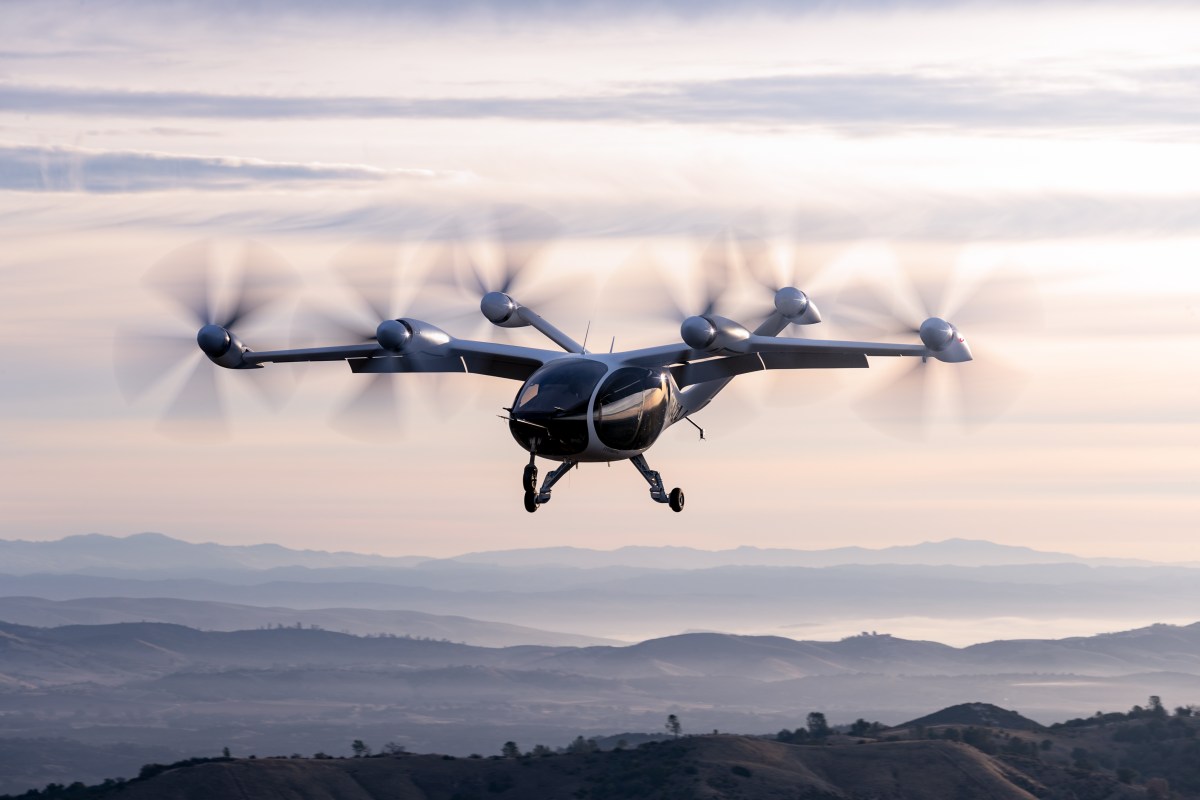
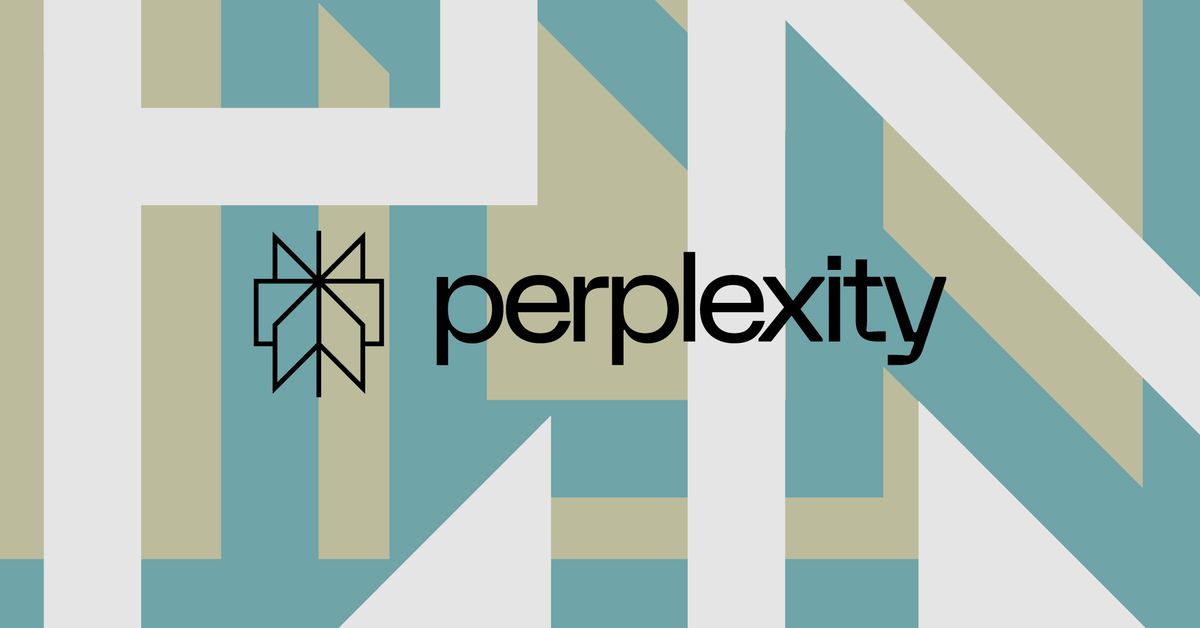
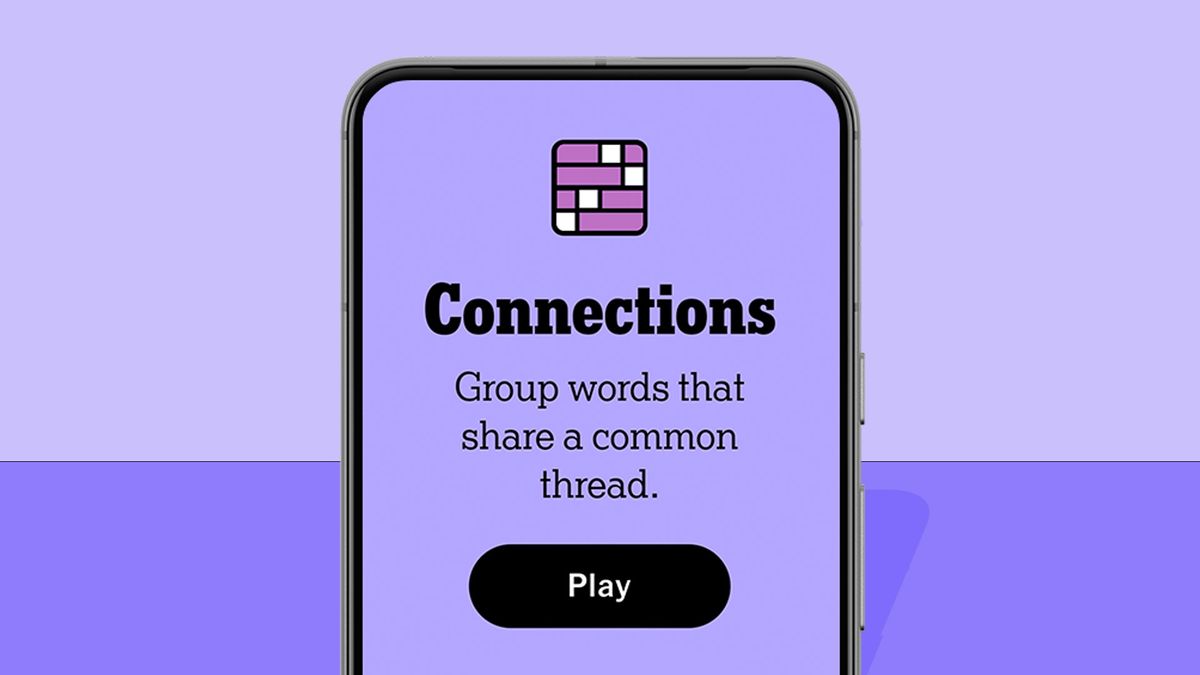
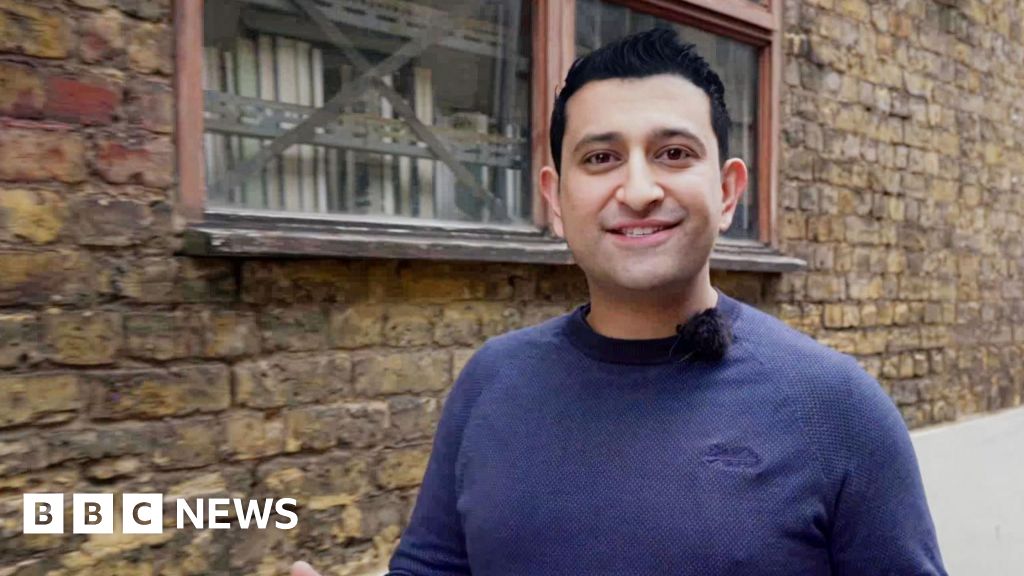


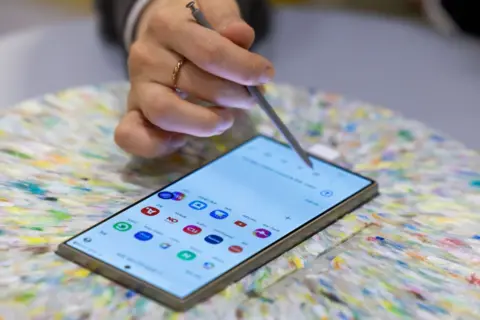

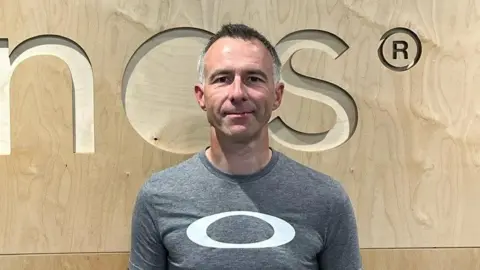
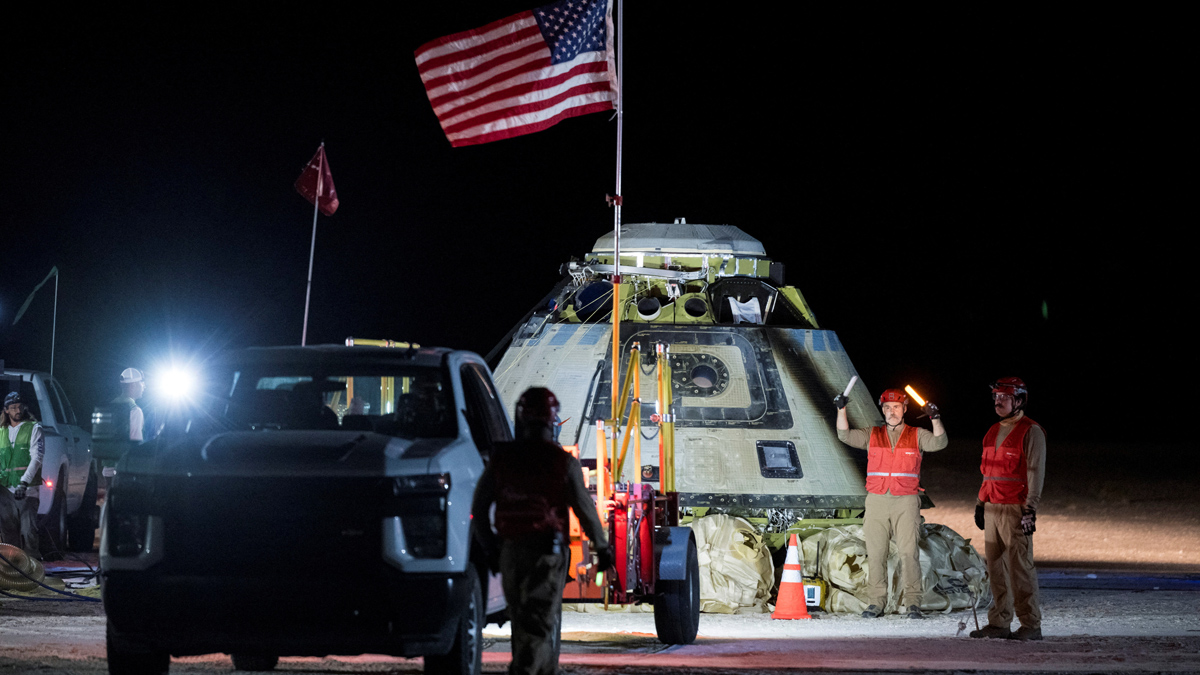































































































































































You must be logged in to post a comment Login